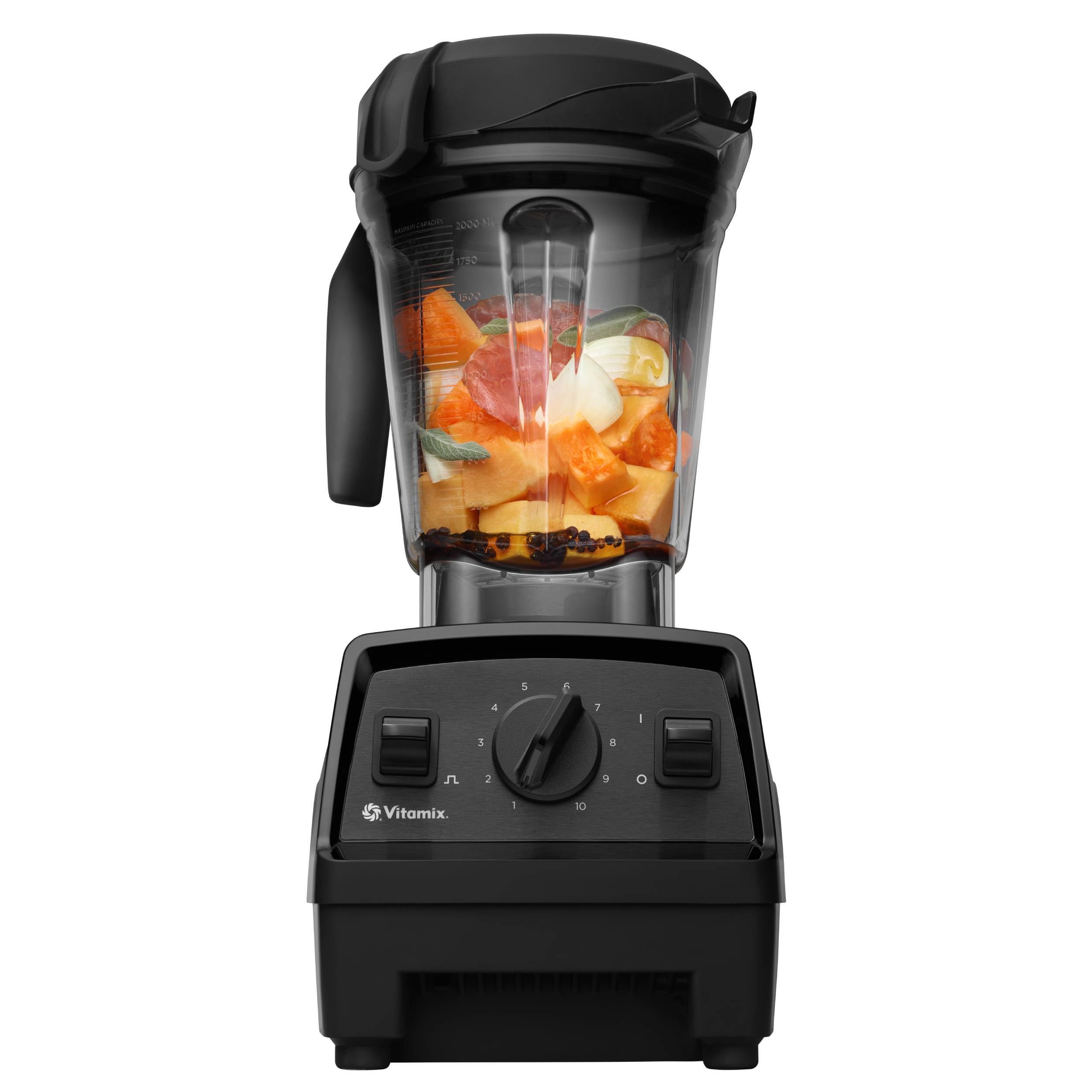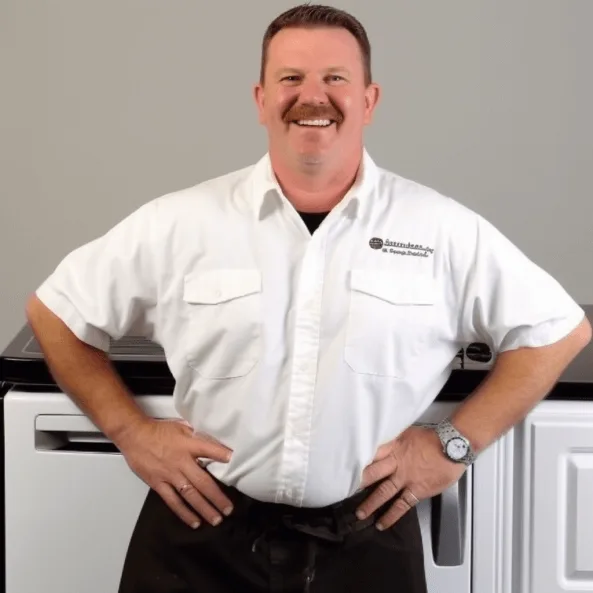Is your Whirlpool freezer’s ice maker suddenly on strike? You’re not alone. Many people face this frustrating issue, especially during those hot summer months when ice is a must-have. A malfunctioning ice maker can throw a wrench in your plans, whether you’re hosting a barbecue or just trying to keep your drinks cool.
Key Takeaways
- Common Causes of Malfunction: The primary reasons for a Whirlpool freezer ice maker stopping work include electrical issues, water supply problems, and mechanical failures.
- Troubleshooting Steps: Key actions include checking the power supply, inspecting the water line for kinks and clogs, and resetting the ice maker.
- Signs for Professional Help: Persistent water leaks, unusual noises, unresponsiveness after a reset, or excessive frost build-up indicate it may be time to call a technician.
- Choosing a Technician: Look for certified professionals with positive reviews, relevant experience, and clear communication about repair processes and estimates.
- Maintenance is Key: Regular cleaning and inspection of components can prevent future issues and ensure your ice maker operates efficiently.
Common Causes Of Whirlpool Freezer Ice Maker Stopped Working
Understanding the common causes behind a malfunctioning ice maker can help you troubleshoot the issue effectively. Here are some typical reasons why your Whirlpool freezer ice maker might stop working.
Electrical Issues
Electrical problems can prevent your ice maker from functioning. Check the power supply by ensuring the freezer is plugged in and the outlet works. Inspect the circuit breaker; if it has tripped, reset it. Always test the ice maker’s wiring for damage, as frayed or broken wires can disrupt the power flow.





Water Supply Problems
Water supply issues can lead to ice maker failure. Confirm the water line is connected and not kinked or clogged. Look for signs of frost buildup on the water line or ice maker; this indicates a frozen line blocking water flow. If you don’t notice any visible issues, check the water filter; a clogged filter can restrict water flow and impair ice production.
Mechanical Failures
Mechanical failures can occur, causing ice maker malfunctions. Inspect the ice maker components, including the motor and water inlet valve, for any defects or signs of wear. If the ice maker’s feeler arm is stuck, it may prevent ice production. Replacing worn-out parts like the motor and valve can often resolve these issues.
Troubleshooting Steps
If your Whirlpool freezer ice maker stopped working, follow these troubleshooting steps to identify and resolve the issue.
Check Power Supply
Ensure your ice maker receives power. Check that the ice maker is plugged in securely. Look for any tripped circuit breakers or blown fuses. If your ice maker has a power switch, confirm it’s in the “on” position. Inspect the electrical connections for any signs of damage, as this can hinder functionality.
Inspect Water Line
Examine the water line leading to the ice maker. Inspect for kinks, clogs, or ice buildup that may block water flow. Disconnect the water line to check for any restrictions and clean it if necessary. Ensure the water valve is fully open to allow water to flow freely. If a filter is in use, replace it according to the manufacturer’s recommendations.





Reset The Ice Maker
Resetting your ice maker can resolve minor glitches. Locate the reset button on your ice maker; it’s often found on the bottom or side. Press and hold the button for 10 seconds, then release it. Wait for a few minutes to see if the ice maker begins to operate again. If it doesn’t reset properly, repeat the process or consult your manual for specific instructions.
When To Call A Professional
If you’ve tried troubleshooting your Whirlpool freezer ice maker yet it still doesn’t work, it might be time to call a professional. Knowing when to seek help can prevent further damage and save you time.
Signs Of A Serious Problem
- Continuous Water Leaks: If you notice persistent water pooling around the ice maker, this indicates a significant issue. It often points to a malfunctioning water valve or a damaged water line.
- Unusual Noises: Loud grinding, buzzing, or banging noises from the ice maker can signal mechanical problems. These sounds may require a technician’s expertise to diagnose and repair.
- Ice Maker Not Responding: If pressing the reset button doesn’t yield results, it suggests an electrical failure or control board issue. Expert assessment is necessary to diagnose these problems accurately.
- Frost Build-Up: Excessive frost around the ice maker can indicate airflow obstruction or a defrost issue. A professional can evaluate and rectify the underlying cause.
- Look for Certifications: Ensure the technician holds relevant certifications. A certified appliance repair expert has the skills to address complex issues accurately.
- Check Reviews: Seek recommendations and read reviews on local repair services. Positive feedback can provide assurance of quality service.
- Ask About Experience: Inquire how long the technician has been working on Whirlpool appliances. Experience with similar models increases the likelihood of a successful repair.
- Request Walkthroughs: A good technician will explain their repair process and address your questions. Clear communication indicates professionalism and expertise.
- Get Estimates: Before agreeing, ask for a detailed estimate. This includes both parts and labor, helping you avoid unexpected costs.
Addressing ice maker issues promptly and knowing when to call a professional can restore your appliance’s functionality, ensuring ice availability for all your cooling needs.
Maintenance Tips For Ice Makers
Keeping your ice maker in good working condition helps prevent issues before they start. Regular maintenance can ensure a steady supply of ice when you need it most.
Regular Cleaning Practices
Regular cleaning keeps ice makers functioning smoothly. Clean the interior and exterior with a mild soap solution. Rinse thoroughly to remove any soap residue. Try to clean your ice maker once every few months or more frequently if you notice any buildup.





Check the water filter, if applicable. Replace it according to the manufacturer’s guidelines, typically every 6 months. A clean water filter ensures fresh water for ice production. Inspect the ice bin as well. Empty and clean it regularly to prevent mold and unpleasant odors.
Inspecting Components
Inspecting components can reveal potential issues early on. Begin by examining the water line. Ensure there are no kinks or blockages. Clear any clogs to restore proper water flow.
Next, check the ice maker itself. Look for any cracks or damage in the mold. Ensure the electrical connections are secure and free from corrosion. Monitor the motor for unusual sounds, which may signal a problem.
Make a habit of checking these components monthly. Catching minor issues early can save you from bigger problems later.
Conclusion
Dealing with a malfunctioning ice maker can be a real hassle but you’re not alone in this struggle. By taking a few simple troubleshooting steps you can often get your Whirlpool freezer ice maker back on track. Remember to check the power supply and inspect the water line for any issues.
If things still aren’t working out don’t hesitate to call in a professional. They can help you navigate any serious problems and ensure your ice maker is functioning smoothly again. With a little care and attention you’ll be enjoying ice-cold drinks in no time.
Frequently Asked Questions
What are common causes of malfunctioning ice makers in Whirlpool freezers?
Common causes include electrical issues, water supply problems, and mechanical failures. Checking the power supply, inspecting the water line for clogs or kinks, and examining ice maker components can help identify the problem.
How can I troubleshoot my Whirlpool ice maker?
Start by ensuring the ice maker has power. Check connections, circuit breakers, and switches. Next, inspect the water line for blockages and ensure the water valve is open. Finally, try resetting the ice maker using the reset button.
When should I call a professional for ice maker issues?
Call a technician if you notice continuous water leaks, unusual noises, the ice maker is unresponsive, or excessive frost build-up. These signs often indicate serious problems that require professional assistance.
What maintenance tips can I follow for my ice maker?
Regularly clean the interior and exterior with a mild soap solution, check the water filter every six months, and inspect components like the water line and ice maker for damage monthly. These practices help avoid issues.
How can I find a qualified technician for ice maker repairs?
Look for certifications, read customer reviews, check for experience, and ensure clear communication with the technician. Also, obtain detailed estimates to ensure you choose a qualified professional.

Hey, I’m Jake. I focus on cooling systems at Appliance Mastery, like fridges, freezers, and air conditioners.
I’ve worked in appliance repair for more than ten years and I’m certified through NASTeC. I’ve seen just about every fridge issue you can imagine.
My goal is to help you fix problems without stress. Whether it’s a freezer that won’t cool or an AC that keeps beeping, I’m here to walk you through it.
